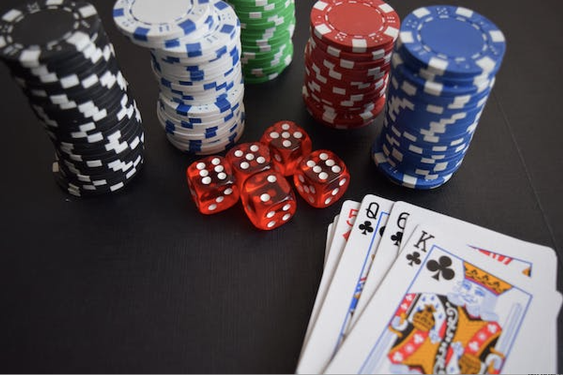But table image also can refer to the style of the table as a whole. Some tables find a rhythm where everyone is playing fast. That is, betting big to take down pots early. Other tables run tight, meaning players wait for the nuts.
Good news is, whether we’re talking about an individual’s table image or that of the entire table, the advice is the same: Play opposite.
This bit of thinking, specifically regarding the table as a whole, is outlined in the recently released book Harrington on Hold ’em, by Dan Harrington, the 1995 World Series of Poker champion.
"I’m not trying to tell you what to do in every situation," said Harrington, a top chess player and a former backgammon champion. "I’m trying to tell you how to think. You make your own decisions." The gentlemanly Harrington, known for wearing a green Boston Red Sox hat at the table, gave a lesson in playing opposite his table at the World Poker Tour’s L.A. Poker Classic at the Commerce Casino.
"If they would hit their hands, they would play their hands real fast," Harrington said. "Against a couple of the aggressive players, I would play the hands real slow. I check-called down and I got more money in the pot than if I had re-raised." Harrington raised one off the button with A-10 of hearts. An aggressive player in the big blind called with A-J offsuit. The flop came 10-7-3.
The big blind, holding just ace-high, led out $1,500. Harrington, holding top pair, called. The turn came a 7 of clubs, putting a flush draw on the board. The big blind checked.
"Now, I’m fairly sure he has a weak hand and I shouldn’t give him a free card," Harrington said. "But I know if the board comes innocuous, he’s going to fire at the pot. Plus, I’m protecting myself if he has a club draw and a club falls on the end (by not putting more money into the pot on the turn)." The river came a 7, pairing fourth street.
"He bet $4,500," Harrington said. "Without thinking too much, I called. He turned over ace-jack.
"It was a total bluff on his part. I knew he was waiting to set up a bluff. Most people would’ve simply bet on fourth street, thinking they had won the pot. I decided to give him a free shot at it because I thought he would bet at it on the end."
TABLE TALK
Loose-passive: A style applied to a player who calls with a wide range of hands, but doesn’t bet them aggressively.
© 2005, Chicago Tribune.
Distributed by Knight Ridder/Tribune Information Services.



